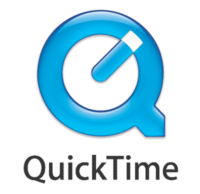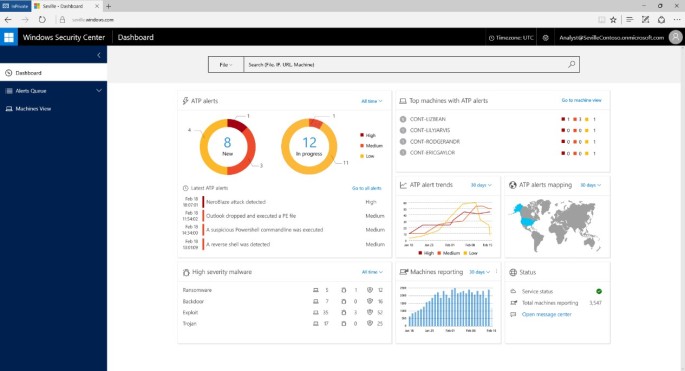Microsoft is in what appears to be a huge rush to get everyone to upgrade to Windows 10. They’ve even put a date on when they will quit giving it away for free: July 29, 2016.
Why is that and what’s the rush you ask?
There are a few good reasons to get everyone on the same playing field. It’s easier to issue patches and updates if you don’t have to create and test four (or more) different versions of whatever exploit the bad guys found. You wouldn’t have to worry about anything that was over 10 years old and still using software that has been full of security and performance holes for the last eight. That old, slow hardware that diminishes the customer experience can be retired. These are the reasons that come from the top of my head. There are more and (likely) better reasons than these few.
So how will Windows make money off of this? They’re giving it away for free.
One billion devices. (It’s necessary to do that line with your best Dr. Evil voice impersonation.) Microsoft has set a goal of getting Windows 10 on one billion devices. The fastest route to that goal is giving it away for free. They have a sunset date of July 29, 2016 but it seems logical for them to continue past that date as they haven’t quite reached one quarter of their goal (200,000 at last report). One billion devices delivers enough customers for developers to come back to the Windows Store and start designing those Apps we’ve all become so familiar with. The Windows Store really is pathetic compared to Apple’s iTunes and Android’s Google Play stores. Apple already is on over a billion devices and reported $31 billion dollars in sales per year. In Apps and “services”. That’s not a fair comparison you say? Microsoft is an operating system on a computer, not a phone. True — until now. Microsoft is building Windows 10 as a “universal platform” that works on all your devices from desktop to tablet to phone. It’s designed the App Development kit to enable developers to take advantage of all those different screen sizes in one set of code so that the experience is consistent across all those different devices.
Microsoft is taking a page from the Apple and Google model.
Apple gives away its OS. So does Google (Chrome OS). Apple makes its money from a 30% cut of the pie for every sale in it’s app store. Google primarily sells advertisements (and by extension your tracked data). Microsoft giving away Windows 10 to encourage you to engage in their own subscription model. Office 365 is the current “flagship” with what Microsoft hopes is the Microsoft Store nipping at its heels IF they can get the developers on board. Microsoft has been dabbling with the advertising (like in the free email client Outlook.com), but so far has stayed away from it on most other things. I hope they continue to do so. I will gladly pay for a subscription if it means I can stay “commercial free.”
It ends up being a numbers game.
One billion devices provides incentive for developers to create; users to buy and Microsoft to make money. They take a “hit” on revenue up front, but in the long game they come out ahead as we buy Apps and Office365 and whatever other subscription based product they come up with. It makes sense to me to just continue to offer Windows 10 for free as an upgrade with a small fee for the OS on new devices that would be part of the purchase price (like it is now). Only time will tell what strategy Microsoft will use but it looks like they’re on a path that can keep them relevant and solvent. Even when they’re “giving it away.”
Source Article for my ramblings: http://www.businessinsider.com/microsoft-windows-10-free-upgrade-2016-1
Like this:
Like Loading...




